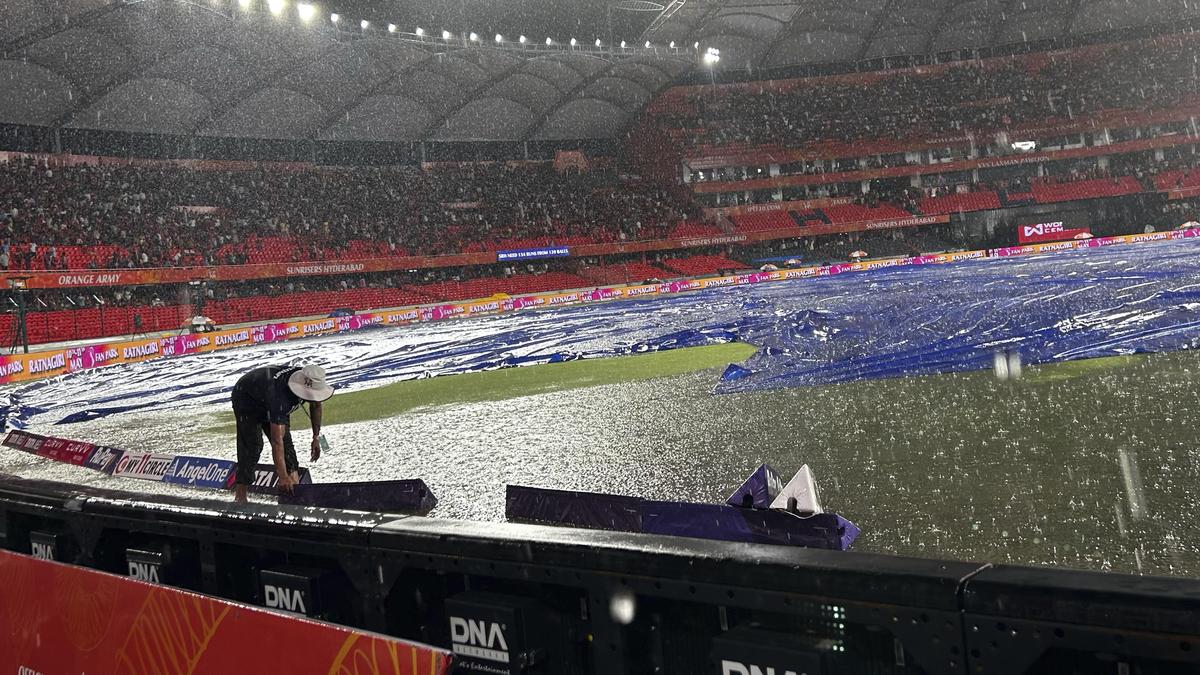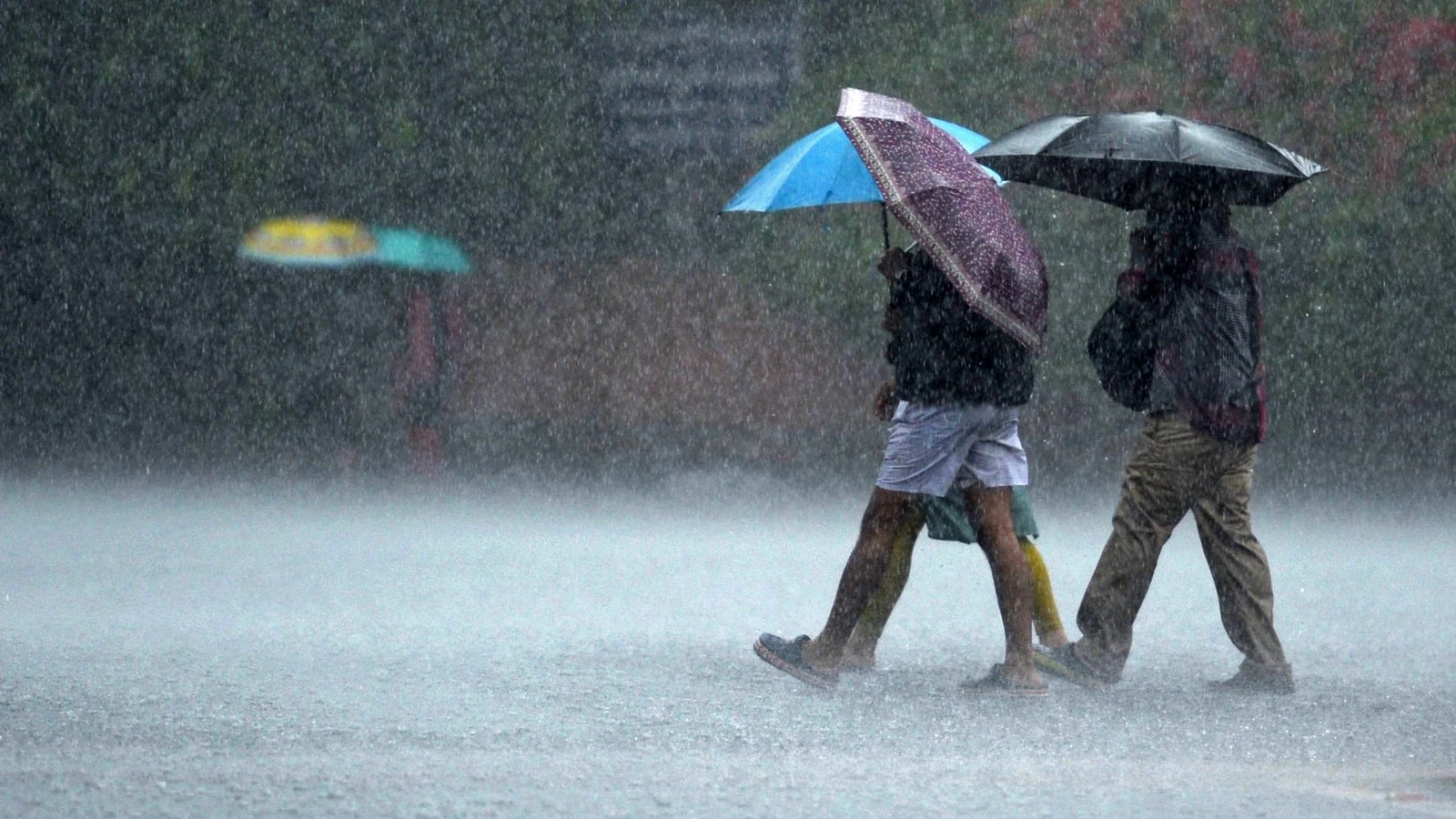Record-breaking rainfall hits Kathmandu valley: Highest in 54 years
The department recorded the highest-ever rainfall in several rain gauge stations within 24 hours on Sept 28.

KATHMANDU: Kathmandu Valley witnessed record-breaking rainfall in 11 locations, according to data released by the Department of Hydrology and Meteorology.
The department recorded the highest-ever rainfall in several rain gauge stations within 24 hours on Sept 28.
Director General of the department, Jagadishwar Man Karmacharya, stated that this is the highest rainfall recorded since the department started keeping such records. It has been 54 years since rainfall data started being documented in Nepal.
According to the department, 206.6 mm of rainfall was recorded at the Panipokhari station in Kathmandu.
At Kathmandu’s Tribhuvan International Airport, 239.7 mm of rainfall was recorded. Other locations in the valley also reported significant rainfall, including Budhanilkantha (178.3 mm), Jitpurfedi (178.3 mm), and Nagarjun (205.4 mm). Similarly, several stations in Lalitpur, including Godawari, Khumaltar, Tikathali, Khokana, and Chapagaun, also reported record-breaking rainfall. The Nakkhu station in Bhaktapur recorded 194.5 mm of rainfall.
In Lalitpur, Godavari recorded 311.6 mm of rainfall, Khumaltar saw 294.4 mm, Tikathali measured 264 mm, Khokana recorded 297.3 mm, and Chapagaun topped the list with 323.5 mm. The average rainfall amount is calculated based on 24-hour rainfall data. Kathmandu Valley alone has 17 rainfall measurement stations, which continuously monitor and record data.
Across 14 districts, 25 locations reported the highest rainfall in the past 24 hours. The highest rainfall in this period was recorded in Daman, Makwanpur, with 410 mm, followed by Khopasi in Kavrepalanchowk with 331.6 mm.
Historically, heavy rainfall occurred during July and August.
However, recent years have seen an increase in rainfall during September. Data from the past seven years suggest that extreme rainfall events are becoming more common during the beginning and end of the monsoon season.










